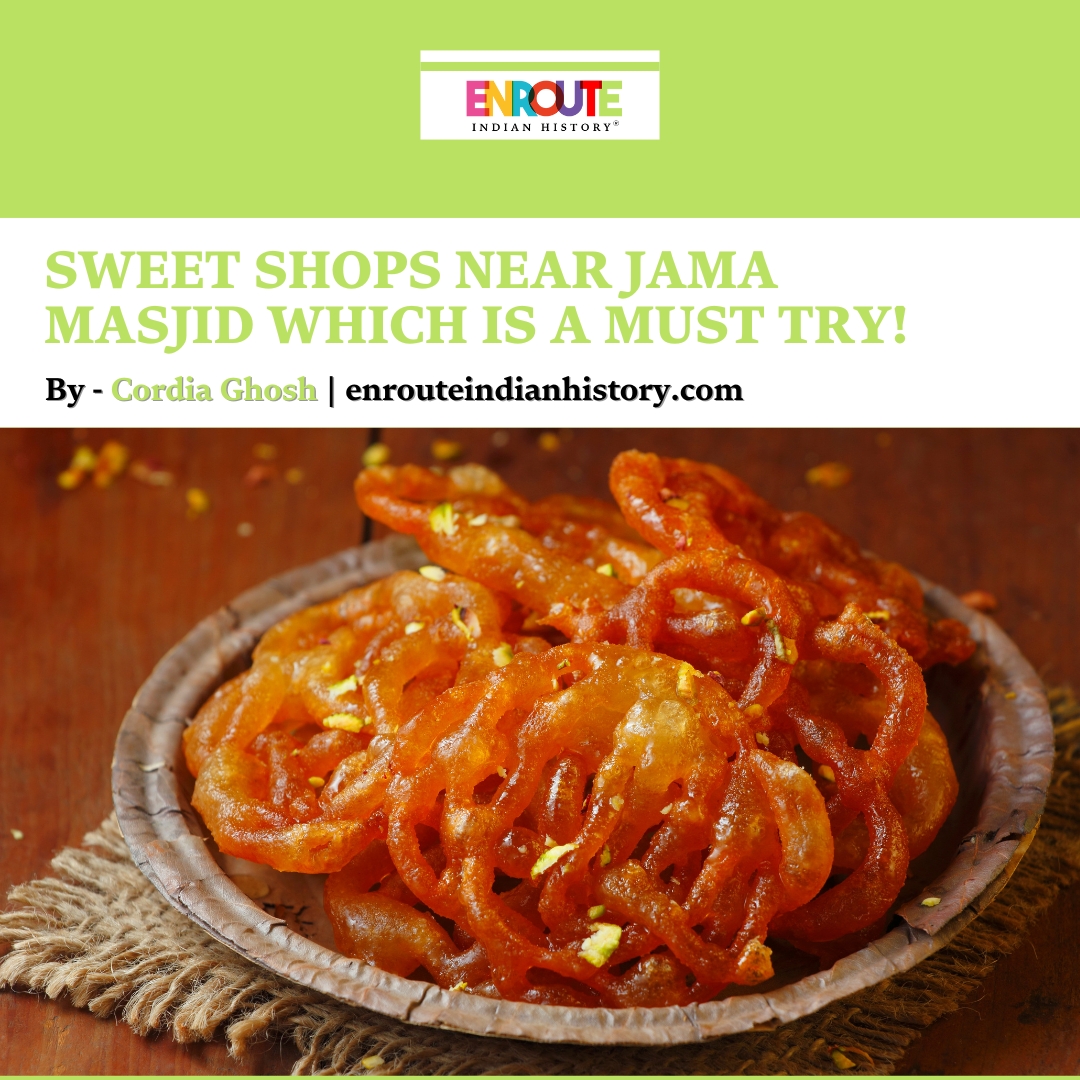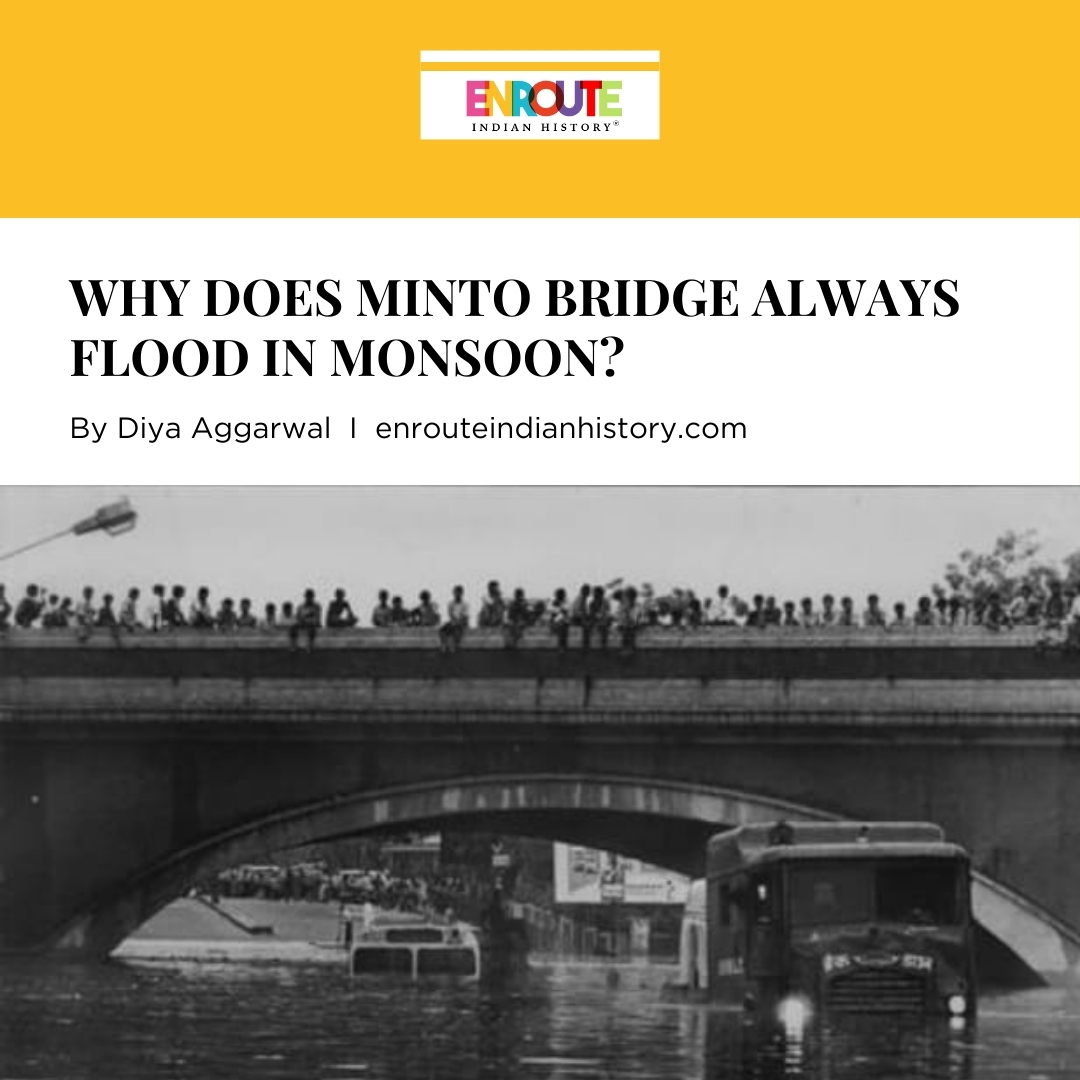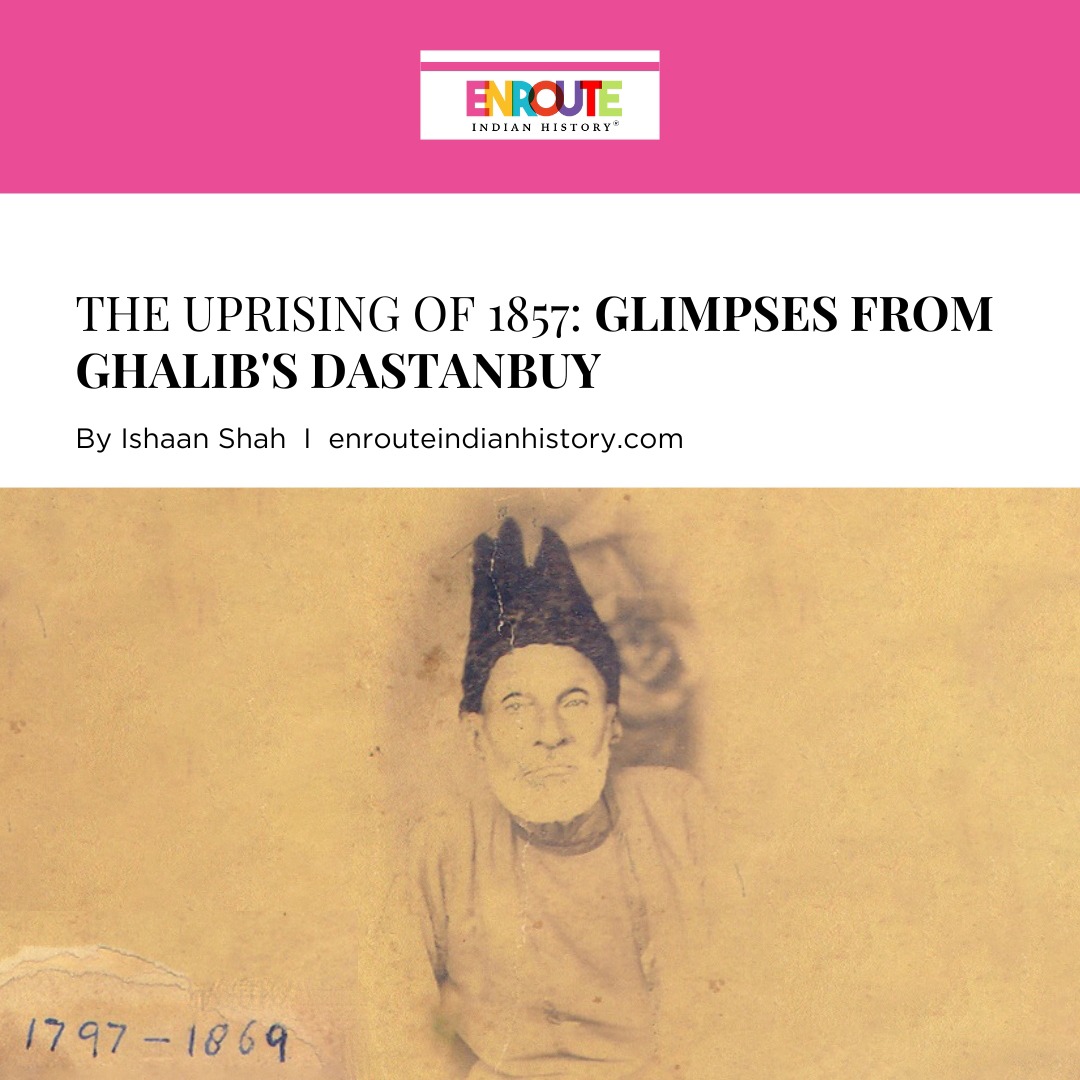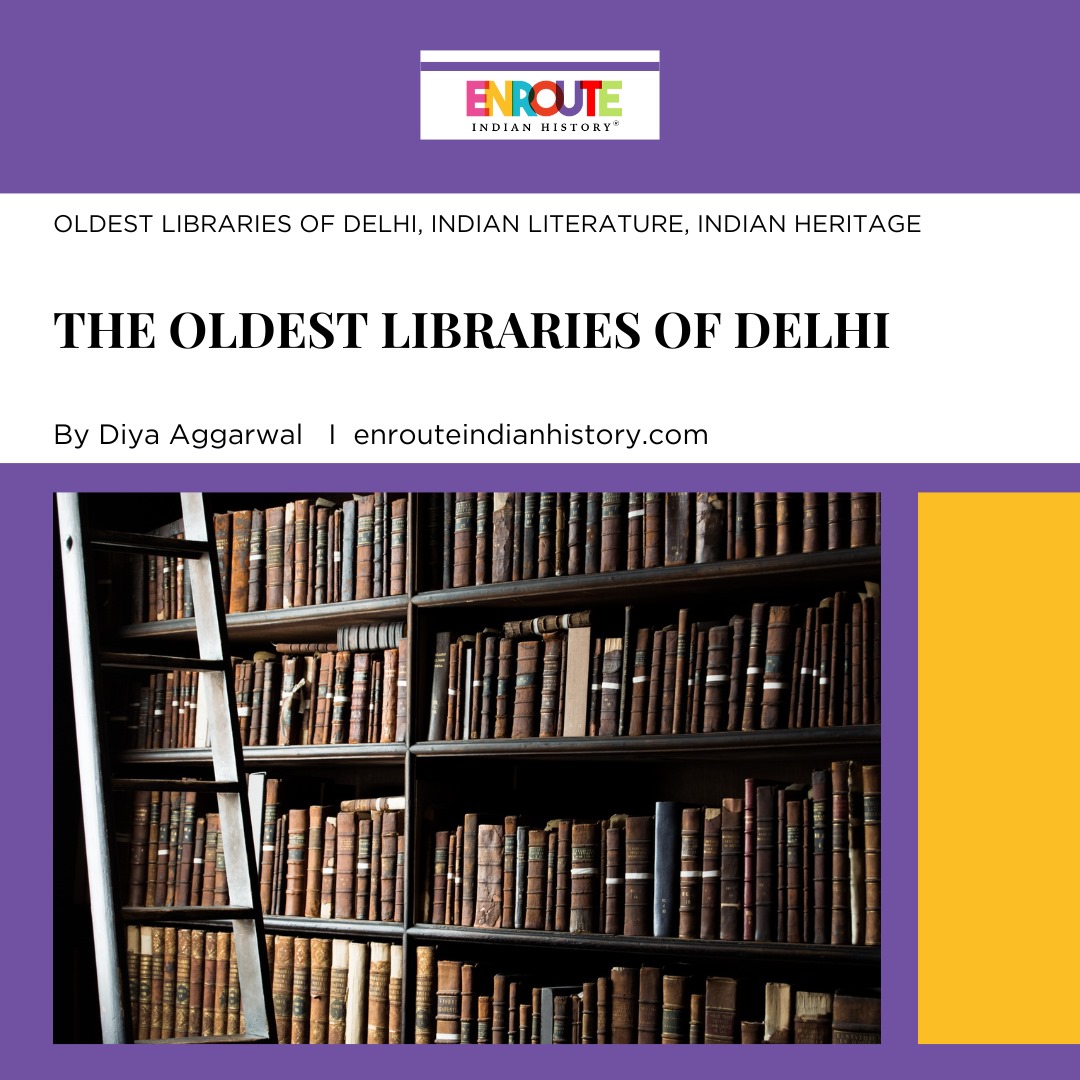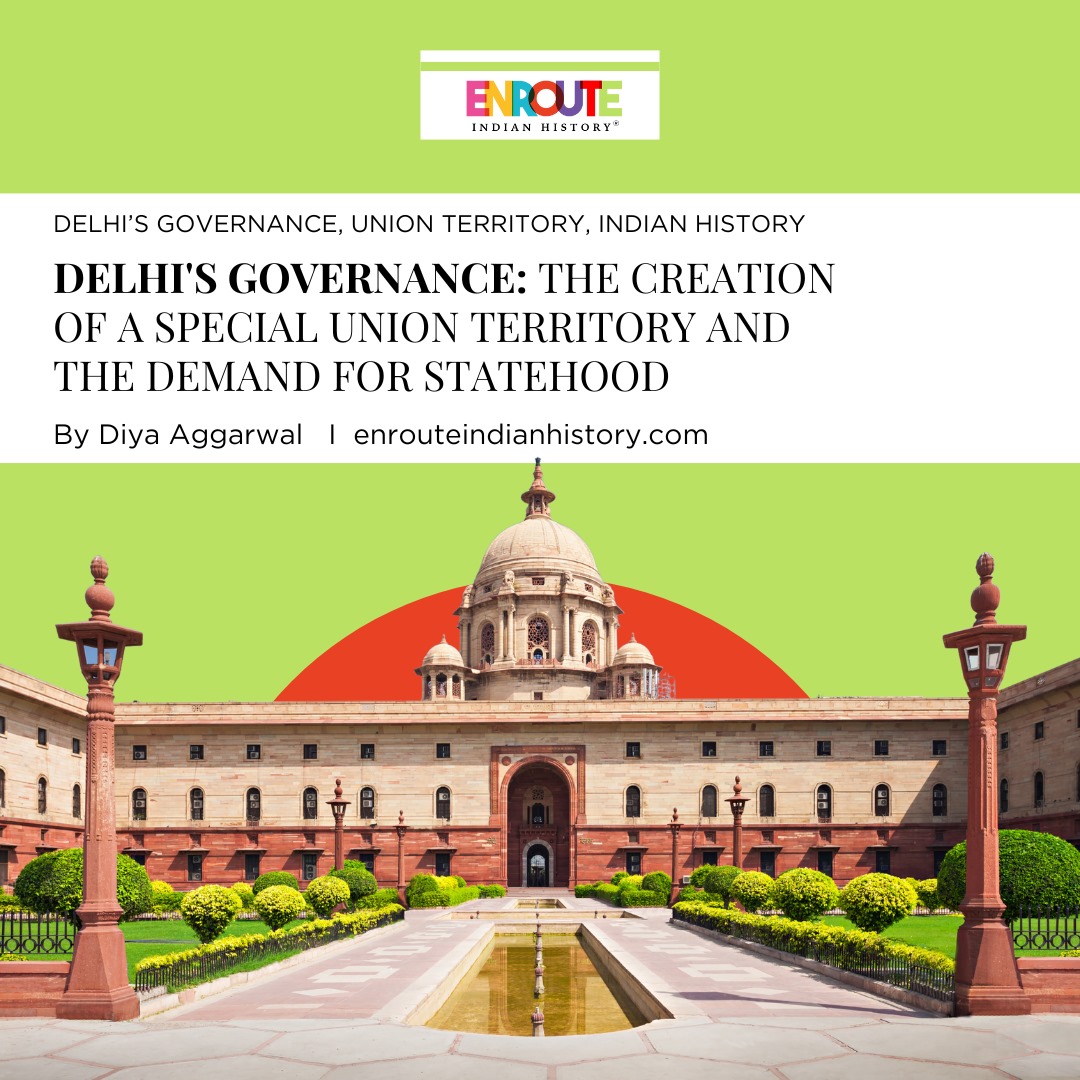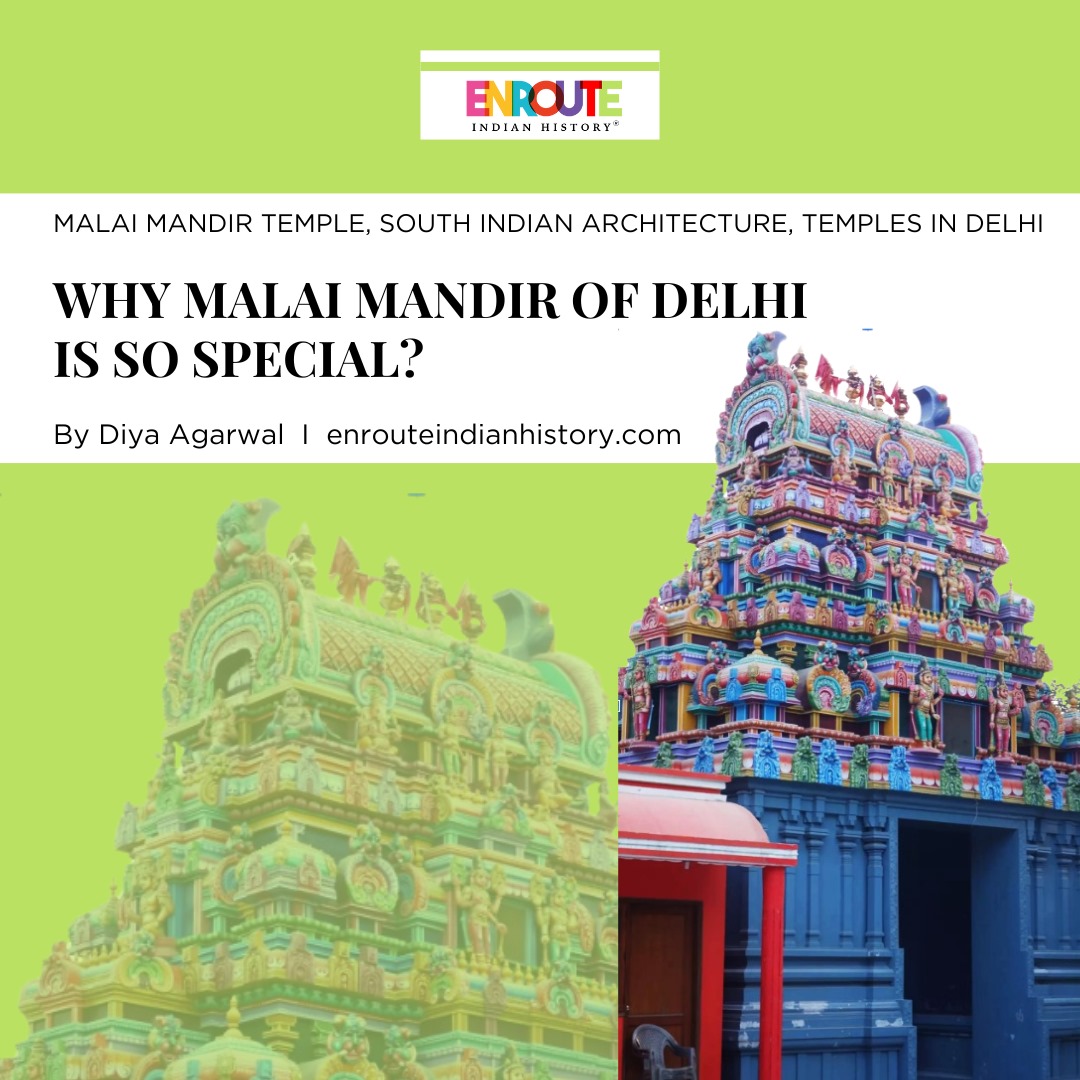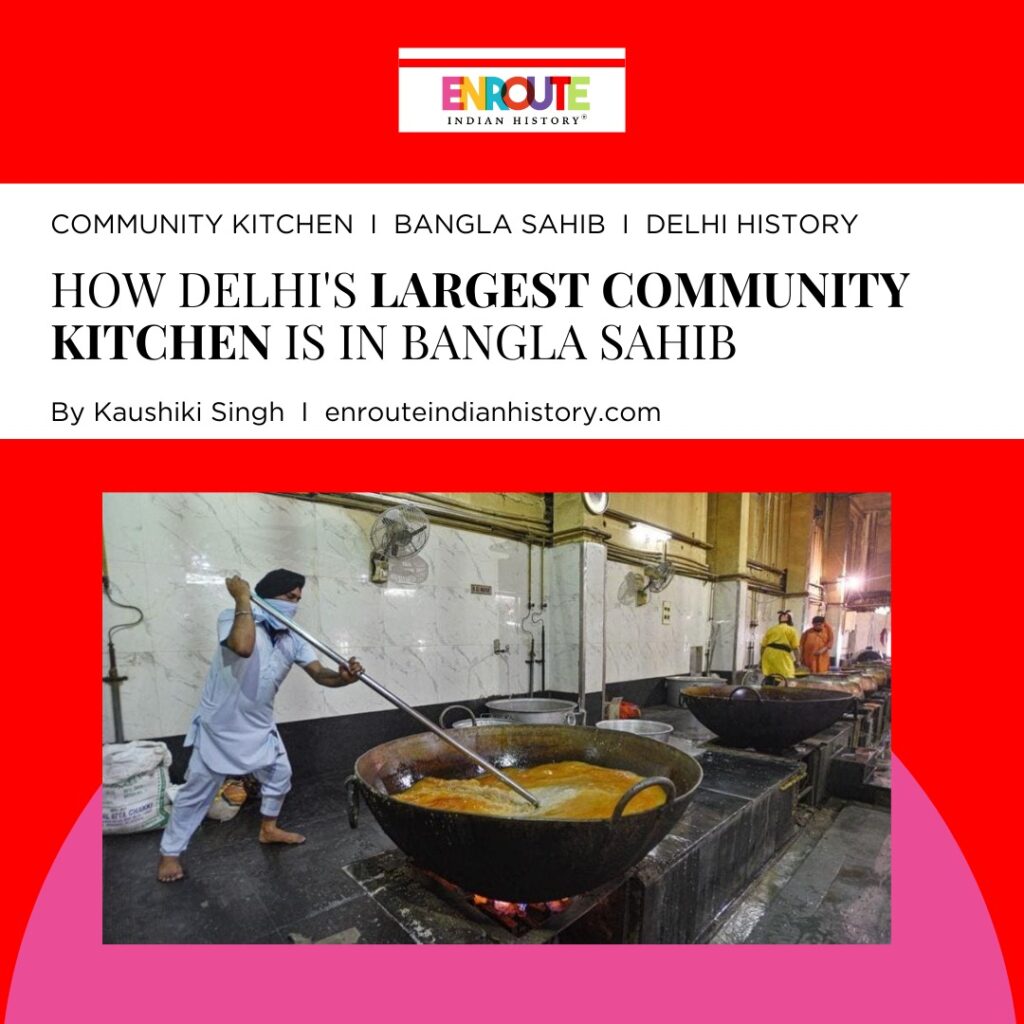
The langar in Gurudwaras is a deeply significant concept in the Sikh tradition. People when organising langar, consider it as part of their ‘religious duty’ towards their Guru in the form of serving people. This article will focus on Guru da langar in the famous Gurudwara Bangla Sahib, which has also emerged as the largest community kitchen in Delhi.
Right from a tender age, we are made to learn the values of helping others and serving the people in need of our parents and society. But the question arises, where did these values emerge from? As we know, religion forms an integral element of our life and there, the moral values of helping, serving, caring etc. are placed. Religious scriptures and texts have explicitly laid out diverse methods and acts of ‘ideal’ behaviours for humans towards other living beings of the world. Every religion places serving the people in need as the highest form of practice.
In Hinduism, all scriptures lay great emphasis on the act of giving away part of your income. The concept of ‘Dana’ emerges, which is an act of giving. Texts like Upanishads state the three characteristics of a good man: to be damah (self-restraint), data (compassion) and Dana (charity). Similarly, in Rig veda book 10, hymn 117 in ‘praise of generosity’, emphasis the importance of donation to the poor by those who have wealth. In Islam, Sadaqa is the term used for voluntary charity and those who have nothing to give, can engage in helping the needy. Zakat is known as a tax for the poor, by those Muslims whose wealth is above a certain minimum. The Holy Quran highlights its obligatory nature and points out that the giving of zakat leads to purification of wealth from all sin. In Christianity, the idea of voluntary charity is contained in St. Paul’s first letter to the Corinthians, emphasising the idea of charity of spirit rather than giving. The Holy Bible highlights caring and sharing with the poor and the needy.
The traditions of serving the needy in Sikhism are derived from Guru Granth Sahib. Guru nanak dev often encouraged his followers towards the right way of livelihood and sharing their resources, which also included giving charity with one’s own hands. The phrase ‘Kar Sewa’ signifies direct service, literally meaning by hands. And here comes the concept of langar.
SIGNIFICANCE OF LANGAR.

The Punjab Pulse; Guru ka langar which is one of the revered institutions of Sikhism
Langar is a revered institution found in all the Gurdwaras. It is a term used to describe a free communal kitchen designed with the aim of promoting equality and the idea that we all are children of one God (Ik Onkar). Langar was created for multiple purposes, mainly because Guru Nanak wanted equality for all and removal of caste barriers among his people. Sikhs use langar to practise the doctrines of ‘vaand chakho’.
Langar is originally a Persian word that means ‘an Almshouse’ or ‘a place for the poor and needy’. The major motive is to serve everyone food, irrespective of their caste, religion, gender etc. and all are welcomed as the Guru’s guest. It teaches the values of sharing, equality, loving-kindness and oneness of all humankind. After paying a visit to the Guru, all attendees sit at an equal level on the floor and eat the same food, prepared on the same spot. Every visitor to the Gurudwara is warmly included in the great hospitality of the Sikh tradition. During the visit, one is offered a sweet Prashad which is distributed as the “grace” of the Guru. And at the time of the service, one will be offered the entire langar meal. In the hall where langar is conducted, men and women, rich and poor-all sit on floors in lines called pangat and eat together. The food prepared is simple, vegetarian as it helps in promoting the idea of equal worth and prevents wealthy congregations from turning into feasts. Not just eating the langar is important, but the Sikh community also actively engages in preparing langar meals, which gives a powerful message of unity and sewa.
WHAT IS OFFERED IN A LANGAR?
Kadha Prasad- The first and foremost dish in the list has to be this traditional sweet. Kadha Prasad is prepared with wheat flour, sugar and ghee, where flour is slowly roasted in ghee in a big kadhai. The beautiful thing about Kadha Prasad is that while preparing it, the sacred verse is recited by the volunteers and finally the Prasad is distributed to the people sitting in langar.
Aloo gobi- The other important dish is aloo gobhi that one finds in every langar. It’s a dry vegetable dish made by frying potatoes, cauliflower and finally mixing it with spices.
Sindhi dal pakwan- This spicy sindhi dal is another delicious meal served in a langar. It is made from soaked Chana dal and served with spicy green chutney and pakwan, which is a deep-fried crisp prepared with wheat flour.
Kadhi- The famous Punjabi kadhi made of gram flour and yoghurt, is also served with steamed rice.
Kheer- A sweet tasty rice- pudding, is usually made on special days like Gurpurab.
There are many others – Rajma chawal, chhole Kulche and many more scrumptious dishes that one can experience in different langar but what remains the same everywhere is the feeling of devotion and compassion the sevadars have while preparing the langar meal and offering it to the devotees.
LARGEST COMMUNITY KITCHEN OF BANGLA SAHIB
The langar service of the famous Gurudwara Bangla Sahib in Delhi has emerged as the largest community kitchen in the city that operates 24/7, serving thousands of people (including many poor) every day. But before that let’s know briefly about the history of Bangla sahib.

India tourism; Gurudwara Bangla Sahib in Delhi
The marble shrine with its golden dome, Bangla Sahib is located in Connaught place of Delhi and is one of the most notable and iconic gurudwaras where, not only Sikhs from all over the world but people from other religions come and offer their prayer to the eighth guru, Guru Har Krishan. Originally, as we trace in history, the temple was a bungalow of the Indian ruler Raja Jai Singh. While Guru Har Krishan was invited by the Raja and was staying with him, in 1664 the city was hit by epidemics of cholera and smallpox. Guru Har Krishan helped the victims in every way possible. It is believed that out of love and compassion, Guru Har Krishan dipped his holy feet in the pond water present in the complex and poured Charan amrit. All those who took this water were cured of the disease. Today, it is said that this pond, known as sarovar, has healing properties.
Every day of the year, thousands of people come to offer prayer in Bangla Sahib with great zeal and devotion, but what is more fascinating is the free community kitchen of the Gurudwara that runs from day to night. The Gurudwara’s kitchen is not just responsible for making sweet kada Prasad, which is made of ghee, sugar and wheat, plunked into the hands of the devotees, but also prepares the entire langar meal ranging from ghee Dal, roti, rice to different varieties of sabji like aloo matar, aloo gobi, kadhi, paneer and kheer on special days like Gurpurab. The whole systematic operation of the kitchen and the meal offered on such a massive scale to around 40,000 to 50,000 people each day makes it a significant aspect of the Bangla sahib. The community kitchen cooks around 800 kg of dal and vegetables, chapatis made of around 1700 kilograms of wheat and 400 kg of rice daily. The kitchen starts from 4 am with a morning tea and runs till 12 to 1:00 am depending upon the visitors, as told by the kitchen in-charge Harbhej singh. No one goes without eating langar and the number increases during weekends, reaching upto a lakh. Even visitors asking for food outside operating hours are not denied and offer service.
Talking about the operation, the Gurudwara has a well-planned team and the tasks are divided among them: some cutting vegetables, some operating machines, some serving the meal, cleaning etc. To meet the daily demands of the langar, the kitchen also has machines operating for making rotis, steering and steaming the food, which results in increased efficiency.
Apart from the team, the volunteers, called sewadaar, actively participate in doing the chores. These volunteers come from diverse backgrounds, can be local residents of Delhi, from any other state or even foreigners, giving service of any duration as per their convenience. Even though many cooking operations are automated, a significant number of volunteers make chapatis and cut vegetables from their own hands. After the food is ready, the members, with great compassion and devotion, serve the meal to all the people coming for langar.

Hindustan times; kitchen sewadar steering dal for langar

Hindustan Times; Preparation of Kada Prasad in the kitchen
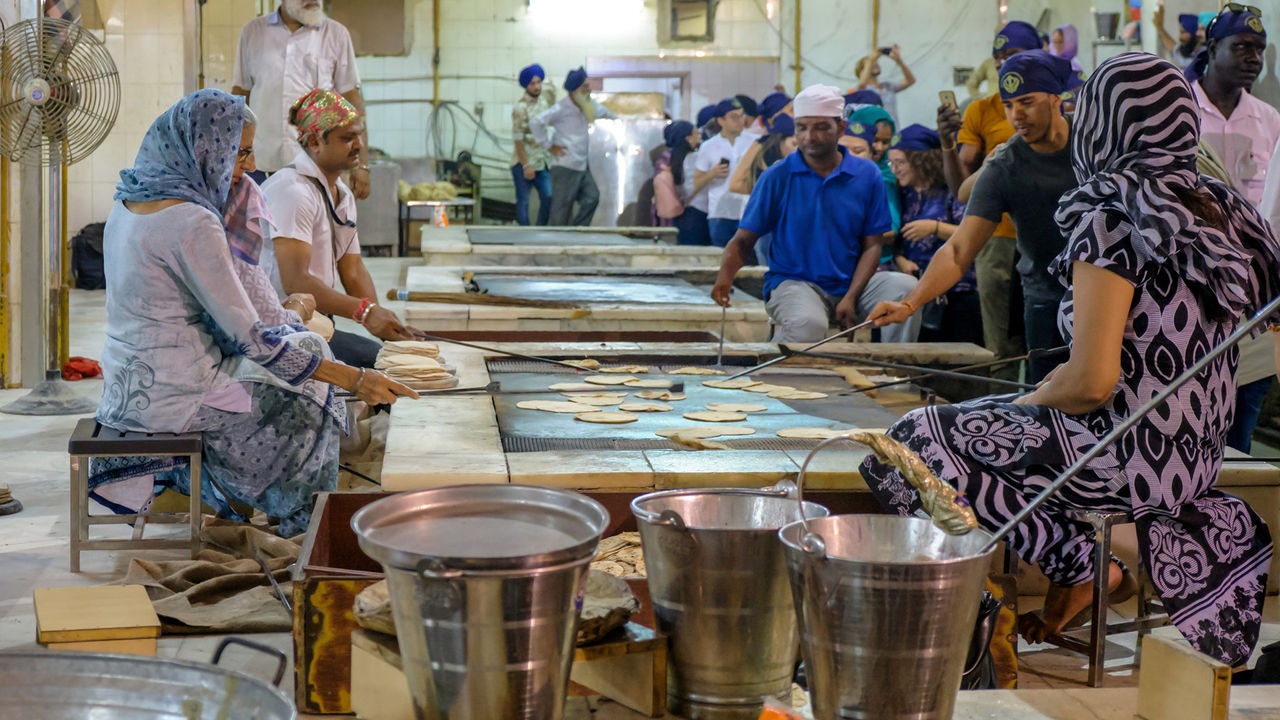
Travel and leisure India; Volunteers making rotis for the langar

The Economic Times; Roti is being prepared by using automated machines.
Bangla sahib’s community kitchen has made incredible records during the pandemic by extending their services during lockdown. During the initial days of the COVID Pandemic, the Gurudwara used to feed around 40, 000 people a day, but soon the figure reached up to around 4 lakhs a day. The food, including rice, dal, roti, sabzi and Prasad, was prepared in the kitchen by the volunteers while following all the guidelines of social distancing and sanitising their hands. A government truck was sent to the Gurudwara and the food was distributed in the network of shelters. Head cook of Bangla Sahib, Balbir singh said, “If we serve at this time, God will give us more. It’s a give-and-take system.”
Therefore, during the time when the whole of Delhi was closed and suffering from disease, Gurudwara Bangla Sahib was no less than a Messiah who provided healthy and sufficient meals to the people who lost their families due to the Covid-19 and poor people living on streets. This has indeed resulted in Bangla Sahib emerging as the ‘Largest community kitchen in Delhi’, which is always open for its visitors at any time of the day and offering service with great benevolence.
REFERENCE
- Aggarwal S. 2010, Delhi; “Daan and other giving traditions in India”.
- The Pluralism Project, Harvard University; 2020; “Langar- The communal meal”.
Available at:
https://pluralism.org/langar-the-communal-meal
https://www.thehindu.com/society/the-kitchen-at-delhis-largest-covid-19-facility/article32050781.ece


